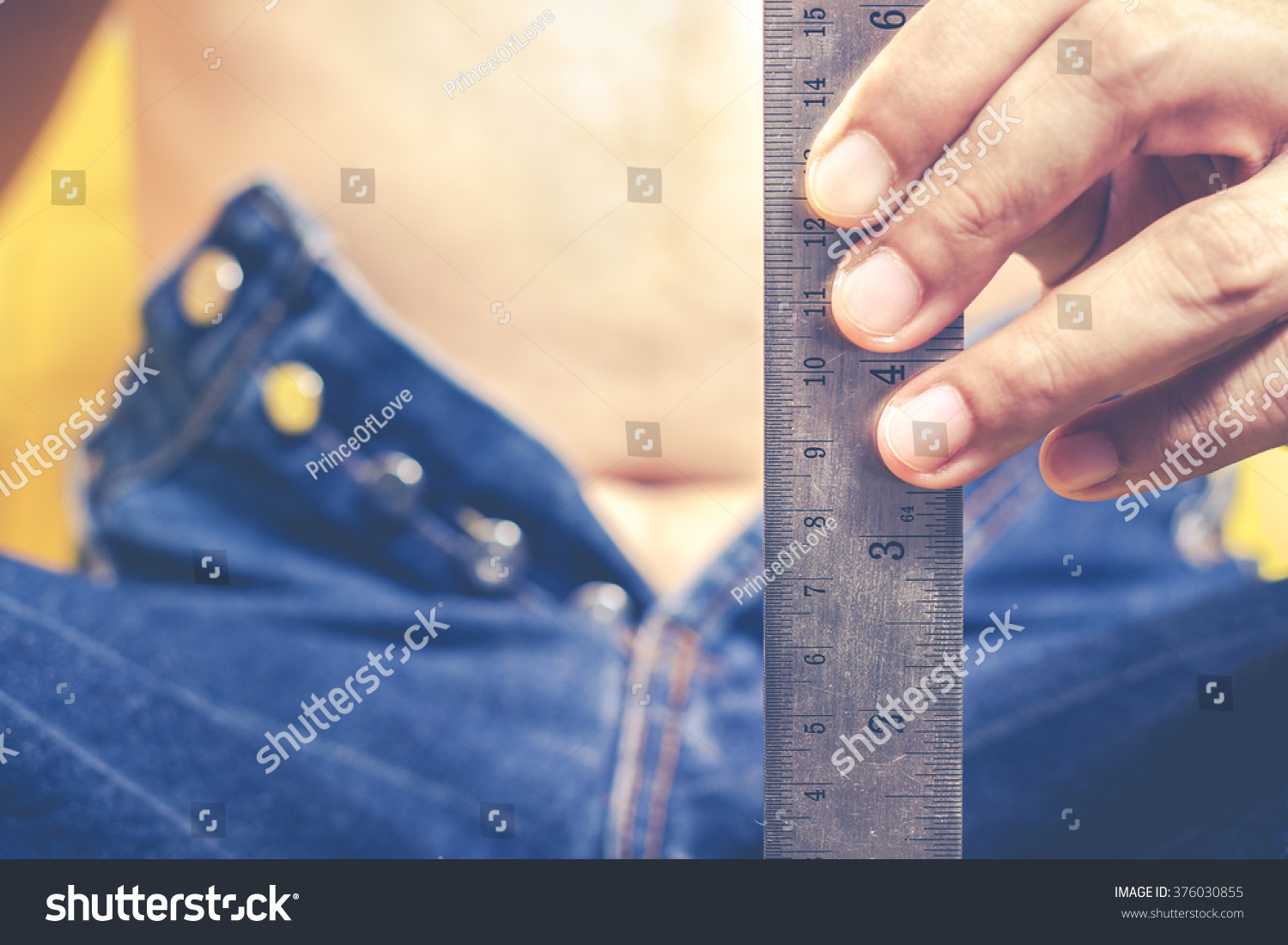The average size of the male organ has long been a topic of inquiry wrapped in cultural myths and scientific scrutiny. In particular, the perception of Asian male organ size has been shaped by historical, sociocultural, and media-driven narratives. This discourse raises important questions regarding cultural relativism and the implications of such beliefs on societal dynamics and individual self-esteem.
Examining the average size of male organs, particularly within the Asian demographic, necessitates a thorough understanding of the variability inherent in biological measurement. Scientific studies, often undertaken to dispel myths, have provided a range of average sizes across different ethnic groups. Surprisingly, these studies have revealed that averages are closely aligned; variations are more likely tied to individual genetic differences rather than broad racial categorizations. A meta-analysis that takes multiple demographic factors into account often presents results that are far less dramatic than societal perceptions suggest.
The phenomenon of perception versus reality is particularly pronounced in discussions about Asian males and their sexual organ size. A lingering stereotype exists that positions Asian men as being inadequately endowed, a notion steeped in cultural myth. This stereotype has roots in historical colonial narratives, which sought to delineate racial differences ostensibly to justify imperialism, clinging to the idea of the ‘Other’ as inferior. These narratives have proliferated through time, morphing with the rise of global media and contributing to a singular, reductive perspective of Asian masculinity.
Cultural texting plays a pivotal role in the reinforcement of these myths. In popular culture, Asian men have often been depicted in ways that emphasize these stereotypes: they may be portrayed as submissive, effeminate, or lacking in virility. Such depictions not only distort the complex identities of Asian men but also perpetuate feelings of inadequacy among individuals who might internalize these perceptions. This phenomenon aligns with the psychological concept of stereotype threat, where individuals become anxious about conforming to negative stereotypes that could potentially hinder their performance and self-image.
Furthermore, the role of language and humor in this discourse cannot be overlooked. Phrases and jokes surrounding the supposed physical endowments of Asian males often circulate in informal conversations and media. These expressions trivialize body image concerns, reducing a deeply personal aspect of identity to mere punchlines. Humor hinges on relatability, making it a potent tool for cultural commentary—often at the expense of those targeted by such jokes.
From a sociological perspective, the intersection of race and masculinity forms a complex web of implications for Asian men in contemporary society. Historical exclusion from dominant narratives and the stratification of desirability can engender a crisis of masculinity, wherein individuals grapple with the disjunction between societal expectations and their lived realities. This crisis is exacerbated by the pressures of modernity, where physical attributes are often showcased and fetishized, creating a paradox wherein body image and identity intertwine with cultural critique.
It is crucial, therefore, to approach this topic with a holistic lens that considers cultural relativism. Cultural relativism posits that one must understand beliefs and practices within their own cultural context. With respect to notions surrounding male organ size, this perspective invites us to question established norms and challenge the universality of stereotypes. What might be perceived as an inadequacy in one cultural context can be considered normal—or even desirable—in another.
For instance, countries where endurance and stamina are held in high regard may celebrate different attributes entirely. In some Eastern cultures, modesty and emotional expression are valued as traits of masculinity, shifting the focus away from physicality. This divergence underscores the need for a nuanced understanding of masculinity that transcends simplistic biological determinism. Indeed, abstract cultural concepts regarding masculinity and self-worth are far more influential than mere physical measurements.
Moreover, the implications of these conversations extend into the realms of mental health and societal perceptions. The stigmatization of certain body types can lead to broader issues concerning self-acceptance. In a world increasingly driven by images and idealized masculinity, men who do not conform to these standards may experience heightened anxiety and diminished self-esteem. This cycle of comparison serves to reinforce stereotypes, creating feedback loops that ultimately detract from individuals’ ability to embrace their own identities fully.
To conclude, the dialogue surrounding the average size of the male organ, specifically among Asian men, encompasses much more than mere statistics. It embodies a rich tapestry of cultural narratives, historical contexts, and changing societal norms. Dissecting these myths through a lens of cultural relativism allows for a broader appreciation of both human diversity and the many factors influencing individual identity. As we continue to navigate the complexities of gender and race, recognition of the multifaceted nature of human experience remains paramount. Context, both cultural and personal, ultimately defines the landscape upon which ideas about masculinity and desirability unfold.
